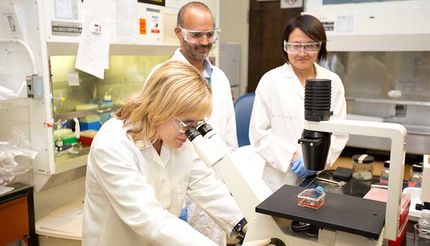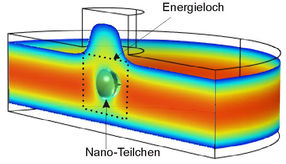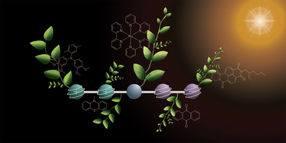New research examines how HIV infections occur on the molecular level
Advertisement
The UK's National Physical Laboratory (NPL) with the University of Edinburgh and IBM's TJ Watson Research Center have published new research about the structure of an HIV-1 protein that could help to develop new drugs to stop the virus infecting healthy cells.
The research provides a new insight into how the changes in structure of a small part of an HIV protein (a membrane proximal peptide) may alter the infection of the virus into healthy cells. The team was able to observe key changes in this part of the protein implicated in the early stages of the infection by using a combination of powerful experimental and computational tools. This is the first attempt to demonstrate that the inducible binding of the peptide with membrane-like surfaces can serve as a responsive molecular anchor underpinning HIV fusion to target cells.
This information is important as it gives us a better understanding of how HIV infections take hold at the molecular level. Drug designers could use this information to develop treatments that stop HIV from entering a healthy cell and infecting it.
This research is a part of the NPL-led international research project 'Multiscale measurements in biophysical systems', which is jointly funded by NPL and the Scottish Universities Physics Alliance.
Most read news
Other news from the department science

Get the life science industry in your inbox
By submitting this form you agree that LUMITOS AG will send you the newsletter(s) selected above by email. Your data will not be passed on to third parties. Your data will be stored and processed in accordance with our data protection regulations. LUMITOS may contact you by email for the purpose of advertising or market and opinion surveys. You can revoke your consent at any time without giving reasons to LUMITOS AG, Ernst-Augustin-Str. 2, 12489 Berlin, Germany or by e-mail at revoke@lumitos.com with effect for the future. In addition, each email contains a link to unsubscribe from the corresponding newsletter.
Most read news
More news from our other portals
Last viewed contents

Pumping up the music of molecules - Significantly improving the "sense of smell" of molecular laser spectroscopy: Increases chances to reliably detect diseases



























































